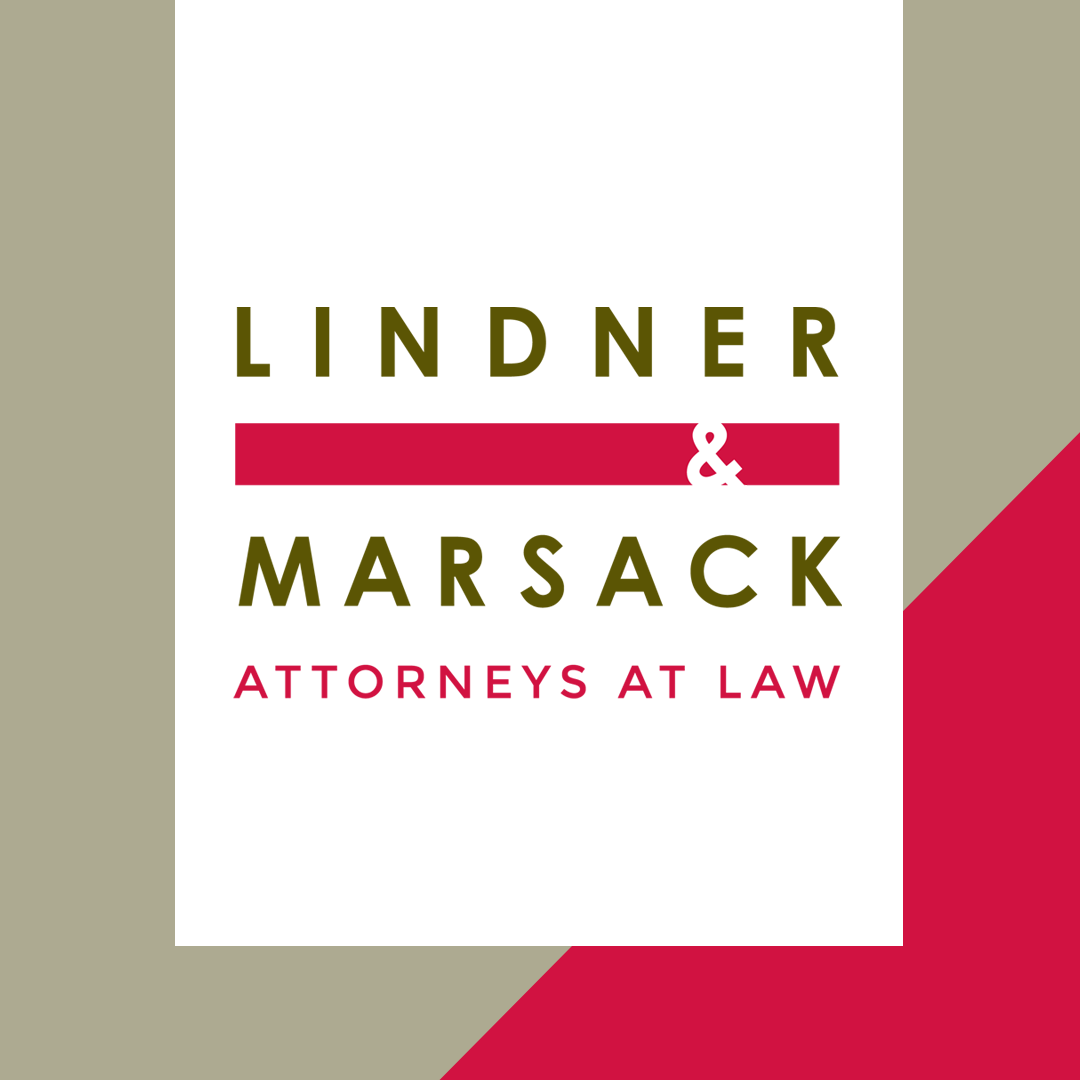WHEN: May 11, 2017 8:00 a.m. – 12:00 p.m. WHERE: Sheraton Milwaukee Brookfield Hotel 375 South Moorland Road Brookfield, WI Registration and a continental breakfast will be served beginning at 7:30 a.m. Click here to register. This COMPLIMENTARY half-day event will address the latest labor and employment topics impacting employers including: Annual Employment Law Update (including recent […]

